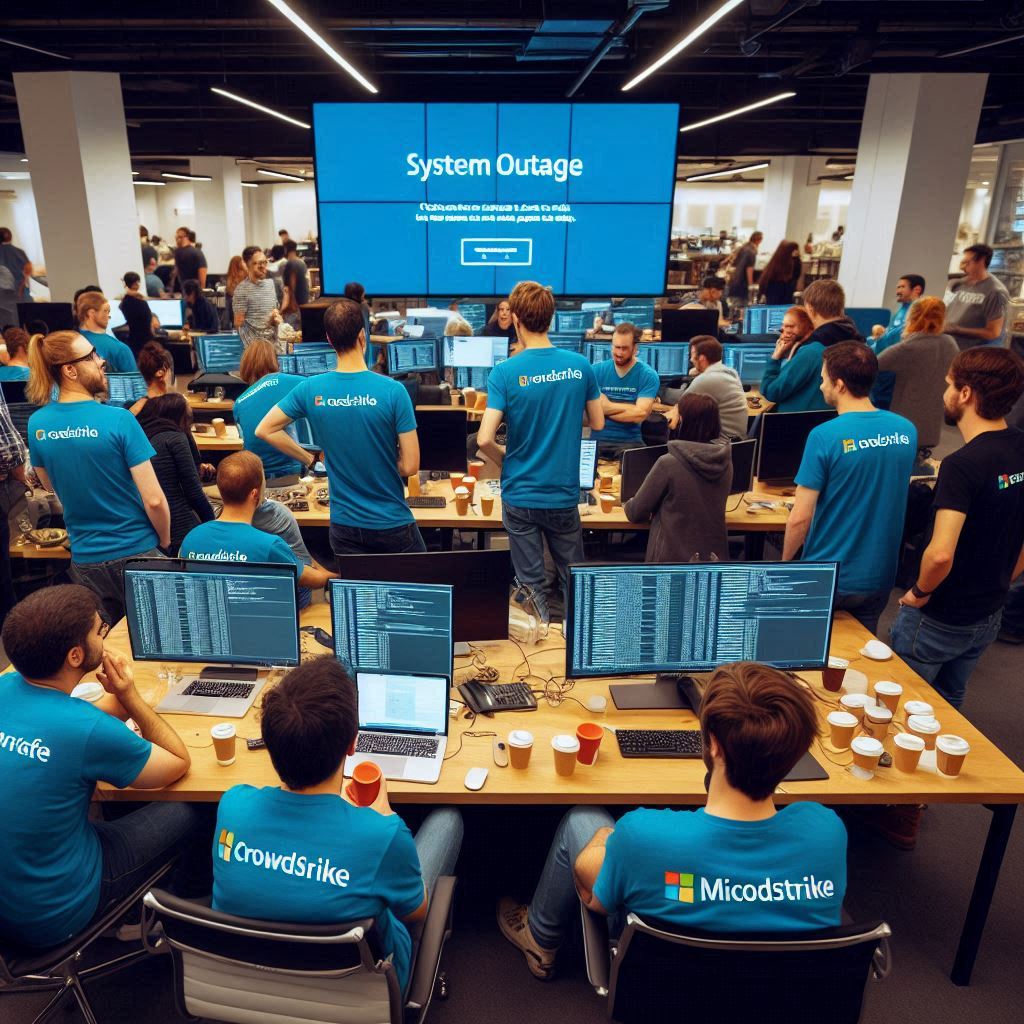
In an increasingly interconnected world, we often take for granted the seamless functioning of our digital infrastructure. However, recent events have served as a stark reminder of just how fragile and interdependent our technological systems can be. On July 19, 2024, a global IT outage caused widespread disruption across multiple industries, highlighting the vulnerabilities inherent in our digital ecosystem.
The root cause of this massive disruption was traced back to a software update from CrowdStrike, a prominent cybersecurity firm. Ironically, the very tools designed to protect our digital assets became the source of chaos. The faulty update affected Windows operating systems worldwide, causing the infamous “Blue Screen of Death” and rendering countless devices inoperable.
The impact of this outage was far-reaching and severe. Nearly 1,400 flights were cancelled globally, with major airlines like Delta and Turkish Airlines forced to ground their operations. The healthcare sector wasn’t spared either, with two-thirds of GP practices in Northern Ireland unable to access patient records or generate prescriptions. Banking services, retail operations, and even London’s iconic taxi system faced significant disruptions.
Microsoft, whose cloud services form the backbone of many business operations, quickly pointed out that the issue stemmed from a “third-party software platform.” While Microsoft worked to resolve the problem, the incident exposed the intricate web of dependencies in our digital infrastructure. Even as the tech giant announced that the “underlying cause” had been fixed, residual impacts continued to affect various services.
The scale of this outage is unprecedented, prompting Elon Musk to declare it the “biggest IT fail ever” on social media. Cybersecurity experts warn that despite the availability of a software fix, the process of getting affected systems back online could take days. This is due to the nature of the problem – crashed systems need to be manually restarted in “Safe Mode” to remove the faulty update, a time-consuming process when dealing with large-scale networks.
This incident serves as a wake-up call, highlighting several critical points:
- The double-edged nature of cybersecurity tools: While essential for protection, these tools possess “god-like” access to our systems, making any malfunction potentially catastrophic.
- The interconnectedness of global systems: A single software update can cascade into worldwide disruption, affecting everything from air travel to healthcare.
- The need for robust failsafes and redundancies: As our reliance on digital systems grows, so does the importance of having backup plans and manual alternatives.
- The importance of transparent communication: Clear, timely updates from affected companies and service providers are crucial during such crises.
- The potential for improvement in system design: This incident may spur innovations in how updates are deployed and how systems recover from critical errors.
As we move forward, it’s crucial that both businesses and individuals reflect on their digital dependencies. While the conveniences of our interconnected world are undeniable, this incident reminds us of the importance of maintaining some level of independence from digital systems. Whether it’s keeping paper records, having offline backups, or simply being prepared for tech-free alternatives, a bit of old-school preparedness could go a long way in mitigating the impacts of future digital disruptions.
In conclusion, while the immediate crisis may pass, the lessons from this global IT meltdown should linger. It’s a call to action for tech companies to bolster their systems’ resilience, for businesses to diversify their technological dependencies, and for individuals to maintain a healthy scepticism about the infallibility of our digital world. In our rush towards an ever-more-connected future, we must not forget the value of disconnected alternatives and good old-fashioned manual processes.


No Comments